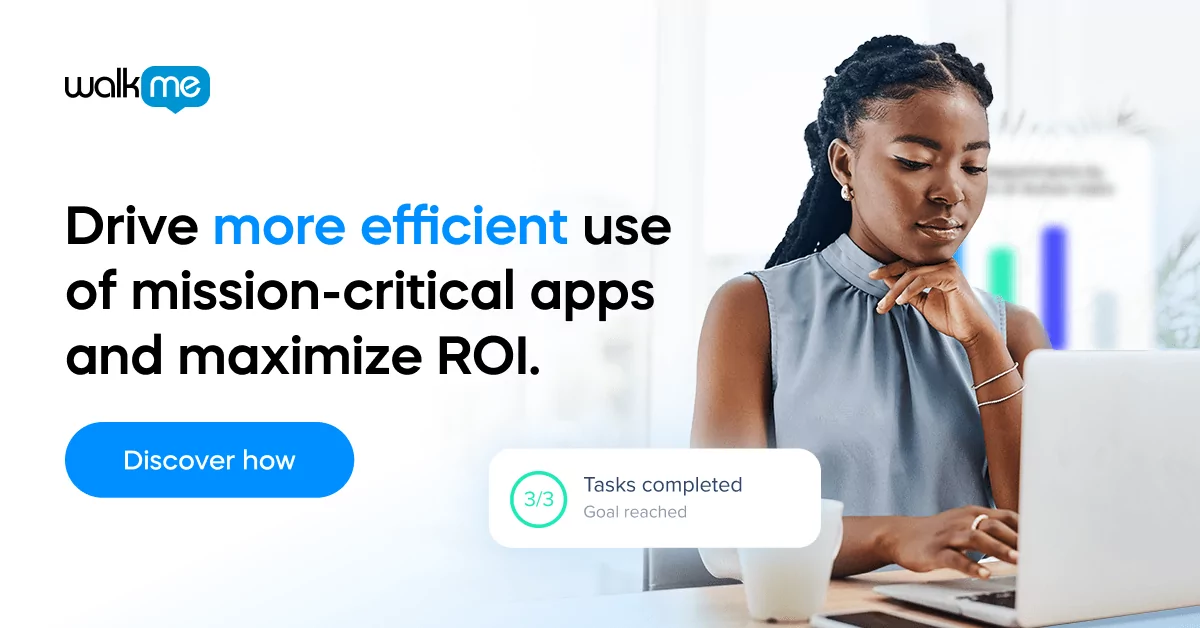The vast majority of enterprises around the world have moved towards a cloud (if not multi-cloud) ecosystem, and those that haven’t are well on their way.
Findings from a number of consultancies have confirmed this.
For instance:
- By mid-2020, 92% of organizations’ IT environments were, “at least somewhat in the cloud,” according to a survey by IDG
- Research from Flexera, also performed in 2020, exceeded those figures, suggesting that 93% of enterprises had a multi-cloud strategy and 87% had a hybrid cloud strategy
- Cloud infrastructure services spending increased 32% to $39.9 billion in Q4 of 2020, according to Canalys
- Gartner predicted that annual end-user spend on the public cloud will increase another 18.4% in 2021
There are several factors driving this mass migration to the cloud.
Cloud computing enables remote working, a scalable IT infrastructure, and it can drastically improve the customer experience.
However, there are strings attached. Cloud ecosystems are complex and can be difficult to implement and maintain. Yet, with the right approach and the right tools, IT leaders can reduce both the complexity and the costs of cloud management.
A primer on the cloud ecosystem
It is popular to refer to cloud computing simply as “the cloud,” but the reality is much more complex.
There are several different types of cloud technology and each type has its own benefits, drawbacks, and use cases.
Here are a few examples of terms that one will encounter when evaluating cloud technologies:
Public. A public cloud leverages resources available to the general public. Depending on the user and the type of service, these can be either free of charge, pay-per-use, or subscription-based.
Private. A private cloud is available only to a specific organization or set of users. Enterprises will often use private clouds for greater customization, control, security, and performance.
Hybrid. A cloud computing infrastructure that utilizes both a public and a private cloud.
Multicloud. The use of several different cloud computing services, often within a single architecture.
Edge. Edge computing refers to a distributed computing paradigm that uses devices closer to the end-user, such as IoT devices or edge servers, for computation and storage.
While every IT department must weigh the pros and cons of each option, one thing that should be clear from this list is that cloud technologies are not straightforward – and that complexity can become a major challenge both in the short and the long-term.
The challenges of cloud complexity
The continuous proliferation and implementation of new digital technology creates hurdles for employees and, as a consequence, organizations.
When implementing new cloud tools, enterprises must cope with:
A cloud environment that becomes more complex the more it evolves. Every time an organization implements new cloud solutions, new concerns crop up, such as operational fluidity across departments and IT change management. On top of that, employees must learn new skills and workflows each time a new cloud solution is deployed.
Maintenance processes that are unique to each organization’s cloud ecosystem. Every organization has its own unique cloud ecosystem and, therefore, its own unique set of workflows for that environment. This means that cloud technicians cannot rely on “mass-produced” automation solutions or tools – they must develop workflows and automation processes that are just as unique.
Features and tools that are continually updating and changing. Cloud companies are continually updating their solutions, and as those solutions evolve, cloud maintenance processes must evolve along with them. Naturally, more complicated cloud ecosystems require more upkeep.
In short, the more diverse and dynamic the cloud ecosystem is, the more challenging it is for employees to maintain.
How to simplify cloud management with automation
Automation can vastly improve organizational efficiency and result in major productivity gains across the organization.
Not all automation solutions are created equal, however.
If a programmer must spend hours automating a particular task, then the return on that time investment must be well worth it.
Calculating the ROI of automation is therefore a crucial first step to take before making an investment.
When it comes to complicated, fast-changing environments like cloud ecosystems, no-code automation tools are among the best.
For example, WalkMe Automation:
Automates processes across multiple systems. WalkMe is a UX layer that operates independently of other software platforms, so it can be used to automate workflows that span any number of applications.
Offers automation with no coding required. Automation sequences require zero coding knowledge, making them accessible to all employees, regardless of their programming capability.
Can be implemented quickly and easily. Many automation solutions, such as business process automation or robotic process automation, require extensive setup. WalkMe, however, can be deployed quickly and easily from any location.
Can be operated remotely. In today’s remote work environment, having remote-friendly options are essential. WalkMe Workstation brings context-based guidance and automation to users’ desktops, allowing them to perform automated tasks regardless of their location.
WalkMe’s automation platform is simple, usable by anyone, and workflows can be automated in minutes – or less – making it an ideal solution for maintaining an ever-changing cloud ecosystem.


